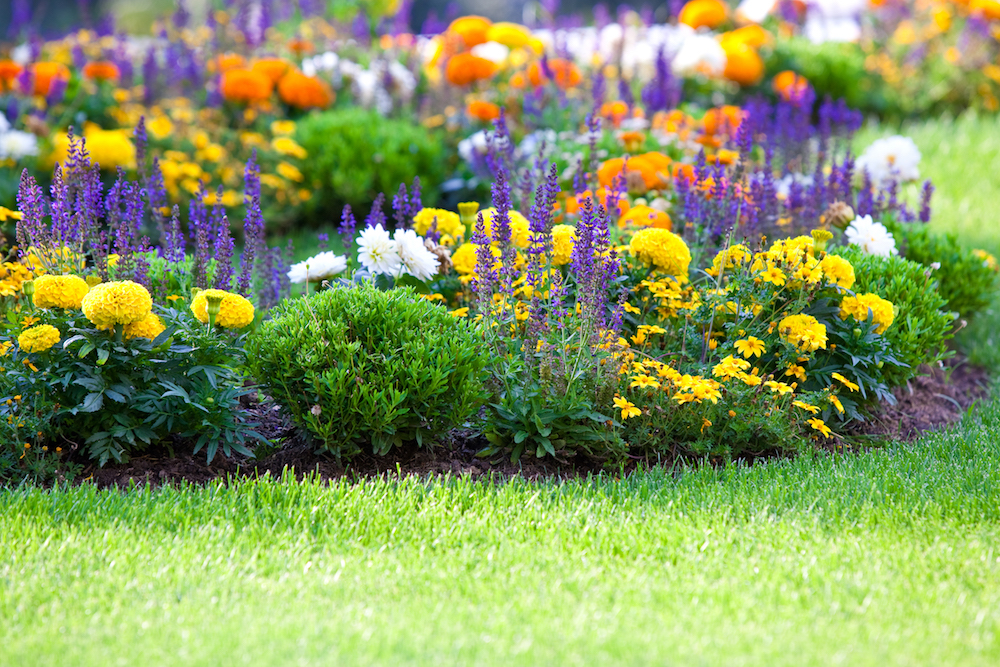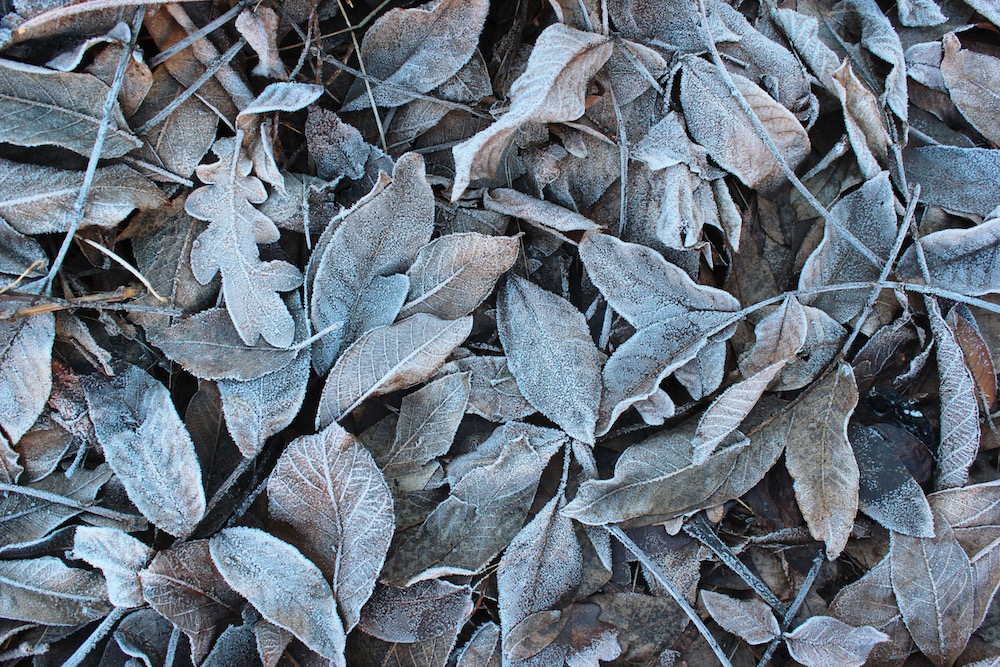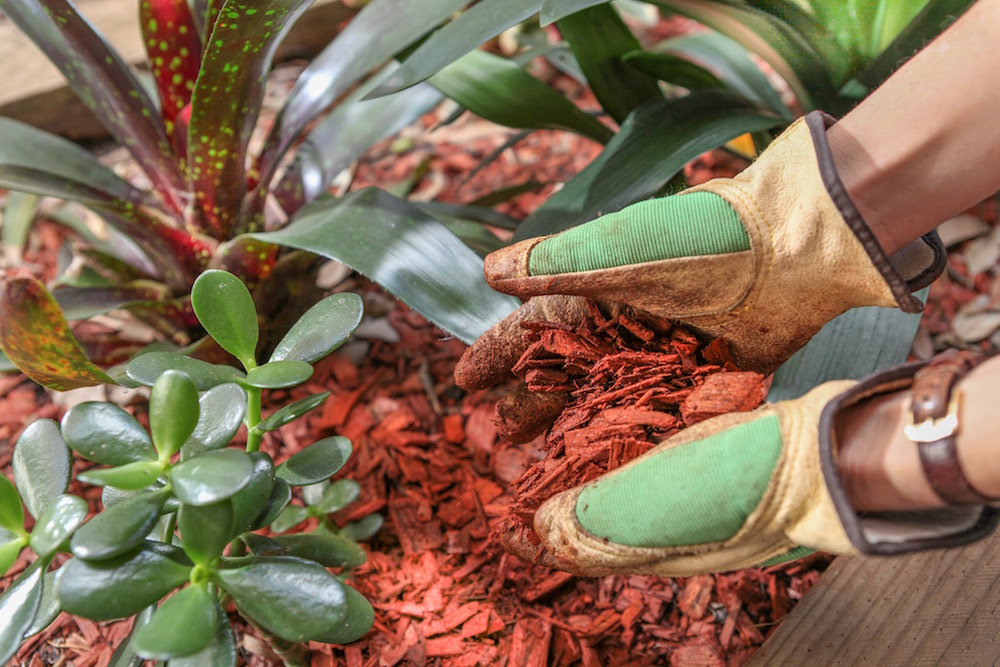For those of us who simply want to pot some plants, to plant some shrubs, and flowers and keep our gardens looking neat and tidy, sometimes gardening can be tricky. It can quickly become overwhelming when we’re faced with gardening terms and decisions such as which soil is best, and all the things we need to do to ensure our gardens stay healthy.
While you don’t need a degree to be a good gardener, educating yourself on some aspects will help you to make sure that your garden flourishes.
One of the most basic rules of gardening is that if you want your plants to do well, you need great soil to plant it in.
This is where you may have heard the term loam soil come in.
Loam soil is what many gardening experts say you should aim for as it provides optimum conditions for most plants and flowers to grow in.
Good soil is soil that contains a healthy mix of plant boosting nutrients, that has good drainage but also retains moisture well enough that roots get a chance to suck it up, that is moist and crumbly but neither too wet or too dry, too clumpy or too soft! Yes getting the perfect soil can be tricky.
Loam soil is the ideal for growing most plants. It usually contains
- around 50% sand,
- 30 – 50 % silt, and
-10 – 25% clay
These numbers don’t have to be exact. As long as there is the same amount of sand and silt with about a 10th to a quarter of the soil’s makeup being clay, you should have a good enough mix for plants to thrive.
The reason why this mix works is that sand particles help to keep the soil loose, they are the largest of the three particle types and break up the soil well making it easy to work with. They also don’t hold onto too much moisture thus making it easy for water to drain right through the soil when it rains, or you choose to water your garden.
Clay particles are very small, however, they retain moisture far better, therefore are needed to ensure your soil stays moist enough that plant roots can access the water within it.
Silt particles help to mix the two.
The mix of particles in loamy soil means that it is rich in nutrients too, this keeps the soil healthy, and healthy soil means healthy plants. The pH balance is near to neutral, and the consistency of loam soil allows for lots of movement, so water, air and nutrients can move freely within it, again resulting in those hungry roots being easily able to reach what they need.
How do you know if you have loam soil in your garden?
Some lucky gardeners already have loamy soil in their gardens. It’s easy to test whether you have by picking up a handful of your garden soil and squeezing it between your fingers. If the sand content is too high the soil will sift through your fingers, too much silt and the soil has a more powdery consistency, too much clay and it will feel sticky and won’t absorb water well.
If you have loam soil, you should be able to form a loose ball of soil in the palm of your hand.
I don’t have loam soil – how can I create it?
You’d think just by adding more sand, silt or clay to your soil would result in loamy soil in your garden. Unfortunately, it doesn’t work like this.
To achieve loamy soil, you must carefully and consistently tend to your garden. Working in some good quality organic matter each season to your existing soil will help you choose the optimum soil conditions for your garden.
Alternatively, for a fast solution, you can buy loamy soil to add to your garden for instant and impressive results.
At Bury Hill, we pride ourselves on providing a fantastic range of loamy topsoils which can be ideal to help your garden flourish. So whether you are a novice gardener or have been doing so for years, why not browse our great variety of premium grade topsoils and loams to give your green space a real boost in time for next years planting season?







